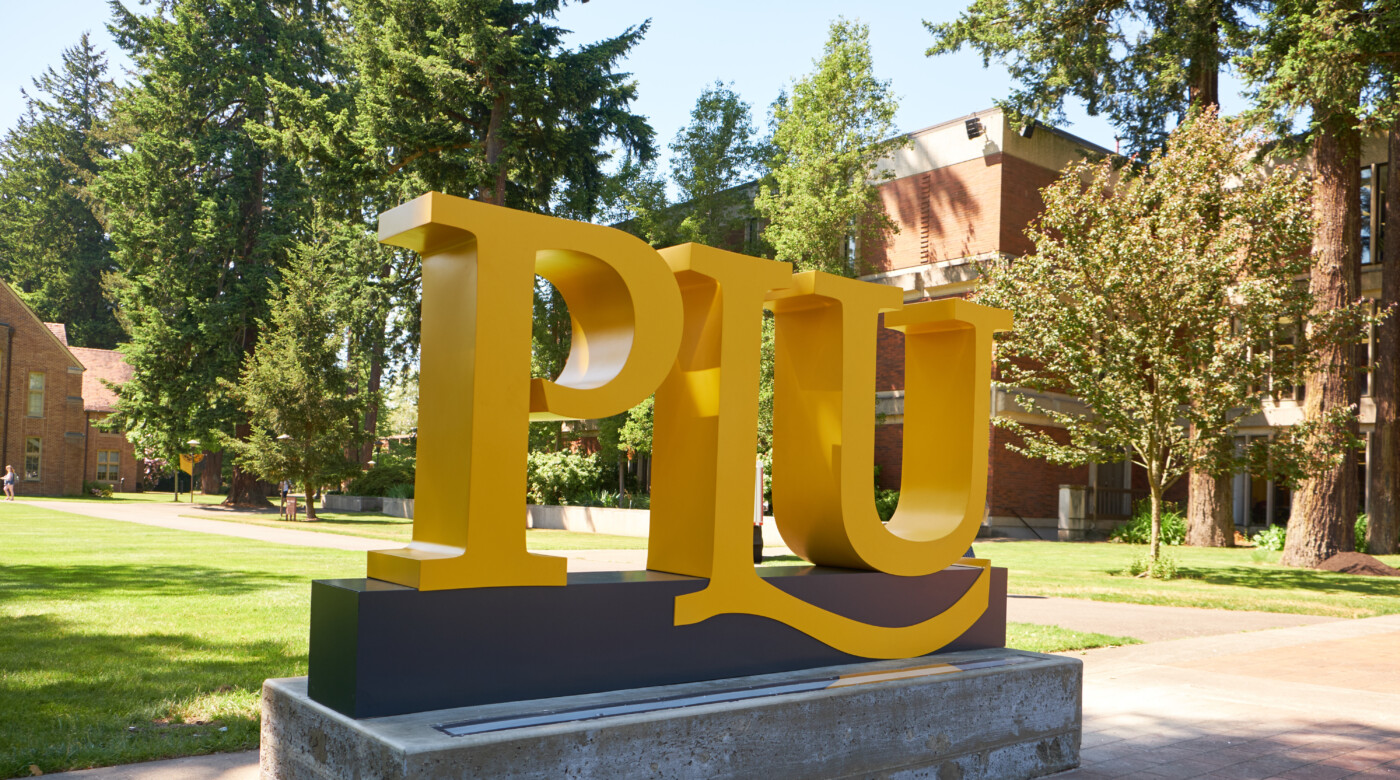Financial Aid: What’s the deal with the FAFSA this year?

Have you been reading headlines about the Free Application for Federal Student Aid (aka the FAFSA) in the news?
That’s because this year, the federal government is rolling out a brand new form, and while it’s designed to be more streamlined and easier for students and families to complete, there have been, well, some hiccups with the rollout.
So, we pulled together this post to share some helpful information and recommendations as we all navigate the new FAFSA form and delays together.
Why is the FAFSA so important?
The FAFSA is the method the federal government uses to determine how much you and your family can afford to contribute to your education, and it’s how colleges (like PLU) determine what need-based scholarships and grants, as well as loans and work study, we can offer you. Completing the FAFSA is the best way colleges can build a comprehensive financial aid package for admitted students.
The challenges with FAFSA this year:
- There were some access issues due to pauses on the form. The number of those pauses has gone down significantly, so if you’ve been waiting to get started on (or finish) your FAFSA, go ahead and try again!
- Colleges and universities will not receive FAFSA applicant information until the first half of March. This means an already delayed financial aid process has been pushed back even further. PLU has a goal to send our first batch of financial aid offers in early April – it might be helpful to check in with the other schools you’ve applied to see when they’ll send out their financial aid offers. PLU has also pushed back its decision day from May 1 to June 1 to give students additional time to make the best college decision.
If you haven’t yet started or submitted your FAFSA, here are some helpful resources:
- Follow @federalstudentaid on Instagram. They are regularly posting the times in which the FAFSA will be open and other updates and resources to their story.
- Here are a couple of FAFSA Walk Through Videos—one from uAspire and one from Utah’s College Awareness Program.
- 6 Things Students Need Before They Fill Out the 2024-2025 FAFSA
It’s also important to know there are scholarships and financial resources you can and will receive from PLU before we get your FAFSA info, and we hope these will help you get a start on planning and comparing your college costs:
- Merit Scholarships – 100% of our admitted students receive a merit scholarship, including our $8,000-$32,000 per year academic scholarships. Merit scholarships are guaranteed every year to PLU students.
- Artistic Achievement Scholarships – These scholarships range from $1,000 to $7,500 per year in the areas of music, theatre, dance, art & design, and media. The February 15 deadline to apply is coming up soon.
- Visit Scholarship – This $1,000 per year scholarship is automatically awarded if a student has come to campus for an official visit anytime after June 1, 2023.
- Housing Grant – first-year students who will be living on campus will receive the $2,500 per year housing grant, which will be applied toward tuition costs.
- Fixed Tuition Guarantee – our costs have been set for the 2024-25 academic year and we are the only private university in Washington to offer a fixed tuition guarantee, which ensures that the cost of tuition will be locked in from a student’s first day until graduation day.
- I’m a Lute Scholarship – if a student submits their $200 enrollment deposit to secure a spot in the class by May 1, they’ll receive a one-time $200 scholarship.
We can’t emphasize enough the importance of filling out the FAFSA, however, we understand and share in the frustration, and we hope this post will offer you the resources necessary to make the process a bit smoother.



Social Media